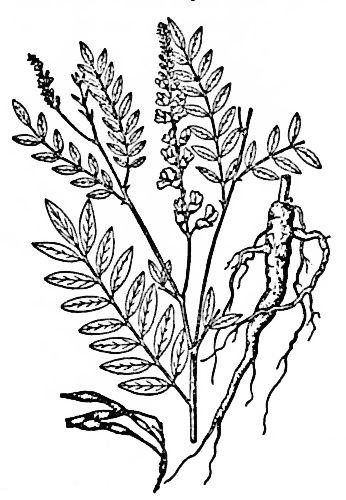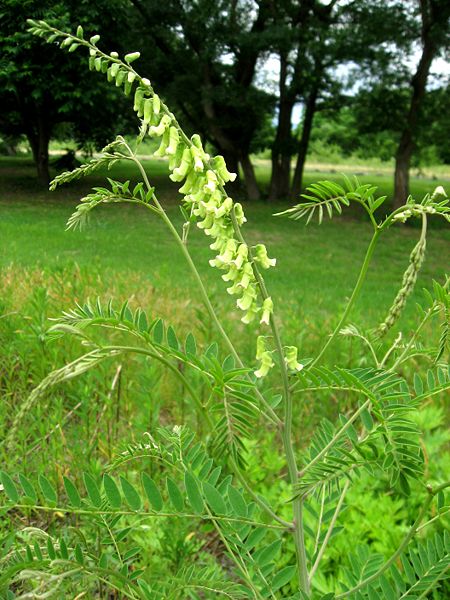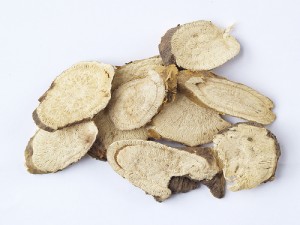Antibacterial. Antipruritic. Antipyretic.[3]
Diuretic.[3] Antifungus.[3]
[1] Barefoot Doctor's Manual- 1977 Prepared by the Revolutionary Health Committee
of Hunan Province. Original Chinese manual- Victor W. Sidel. Originally published
by Dr Joseph Quin and the Fogarty International centre, Bethdesda (1974). Madrona
Publishers Seattle Washington ISBN 0-914842-52-8
[2] A Complete English Dictionary of Medicinal Terms in Chinese Acupuncture
and Herbalism 1981- Henry Lu Chinese Foundations of Natural Health- The Academy
of Oriental Heritage, Vancouver, Canada.
[3] Translation notes from Gary Seiford and Hocu Huhn- NSW College of Natural
Therapies. Sydney Australia (1982).
[4] Chinese Herbal Medicine Materia Medica- Dan Bensky and Andrew Gamble- Eastland
Press 1986 Seattle Washington ISBN 0-939616-15-7
Images
1.
en.wikipedia.org
by Penarc Public Domain
2.
[1]
3.
fourflowerswellness.com  HABITAT:
HABITAT: Sophora
flavescens. 苦
参
Kǔ shēn-
"bitter root" Yellow Sophora
Family: Leguminosae
Sophora
flavescens. 苦
参
Kǔ shēn-
"bitter root" Yellow Sophora
Family: Leguminosae

 HABITAT:
Mostly found growing on hillsides and sunny slopes.
HABITAT:
Mostly found growing on hillsides and sunny slopes.